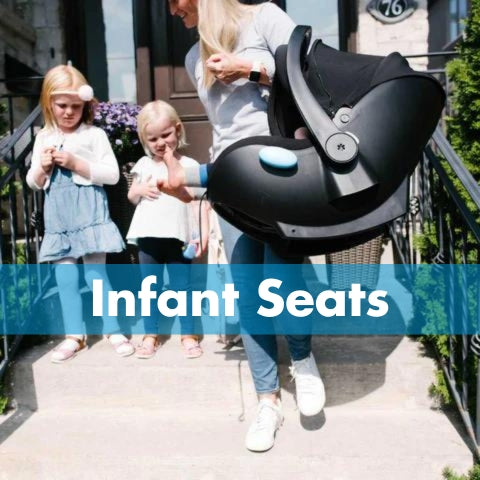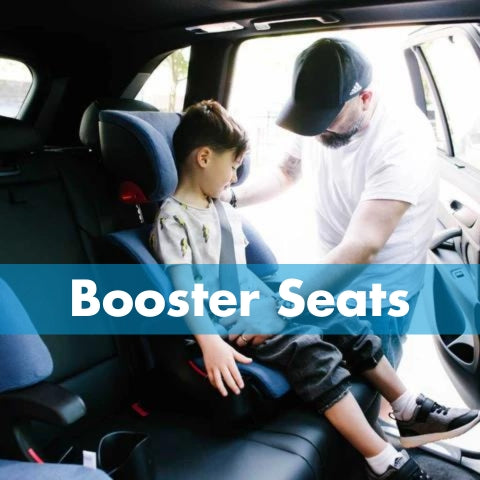Starting to ride in the front seat is something many kids look forward to. The first trip in the front seat has almost become a rite of passage for kids, but there are a few important things to know before allowing your child to ride in the front seat.
Vehicle manufacturers, Transport Canada, and the NHTSA all state that children 12 and under should ride in the back seat. The biggest reason for this advice is because of airbags in the front seat. Airbags are designed to provide supplemental protection to adults, and they do this job very well. Airbags come out almost instantly and with a lot of force in a crash though, and that force is strong enough to hurt a child if he were to be hit by one. The risk front airbags pose to a child is the most important reason to keep your child in the back seat, but there are still other reasons to make sure your pre-teen rides in the back seat.
Safety First:
Being in the back seat places your child further away from the point of impact of most crashes, and this reduces his risk of injury.
Pre-teen bodies are different than adult bodies:
Pre-teens have more elastic ribs than adults. This means if a child was hit by an airbag, he would be more likely to suffer injuries than an adult, and they would likely be more serious.
Distractions lead to movement:
There are multiple distractions within easy reach of a child in the front seat. If a child leans over to adjust the volume of the radio or change a heat control, this places them too close to the airbag.
So when should a child move to the front seat?
Postpone the move until your child becomes a teenager, and then check to make sure that your child is positioned properly.
Follow these tips for a child who is at least 13 years old to maximize his safety once he starts riding in the front seat:
- Is the front seat properly adjusted so that he isn’t too close to the dash?
- Does your child keep his feet off the dash, and generally stay in position?
- Is the vehicle headrest adjusted to provide proper head support to at least the top of his ears?
- Is the vehicle seat in a more upright position as recommended by the vehicle manufacturer for travel?
- If the shoulder belt height is adjustable, is the guide adjusted to the best height that allows the shoulder belt to rest at the midpoint between the edge of your child’s shoulder and his neck?
- Does your child pass the 5-step test when seated in the front seat?




